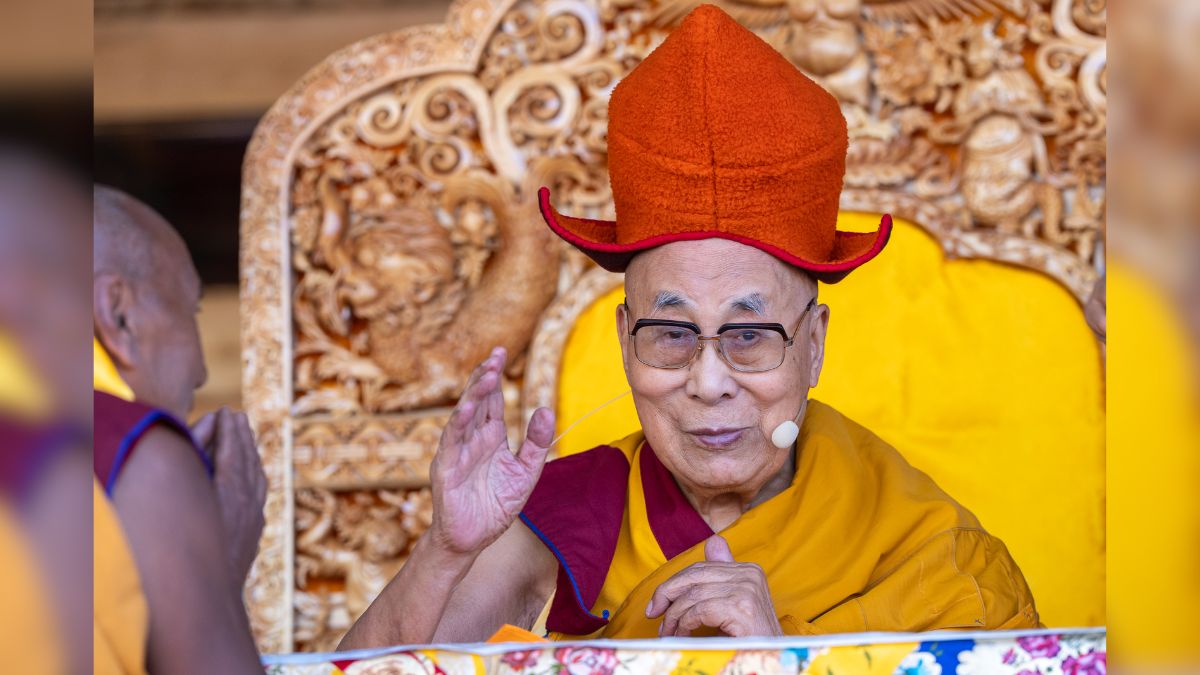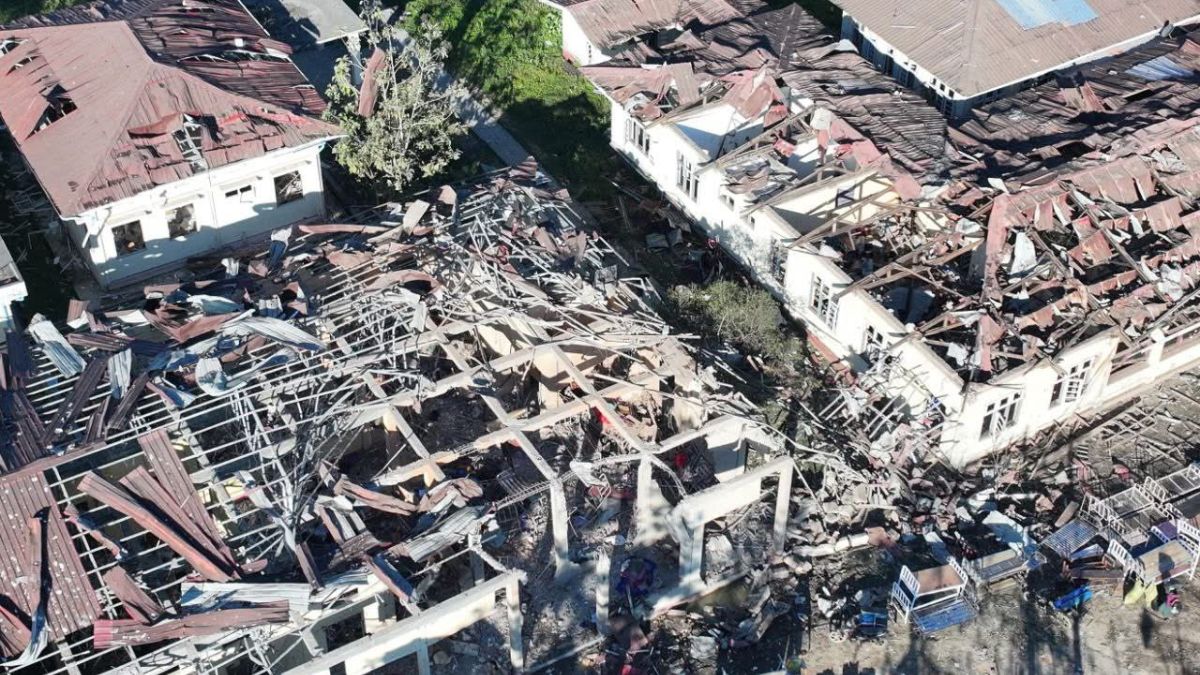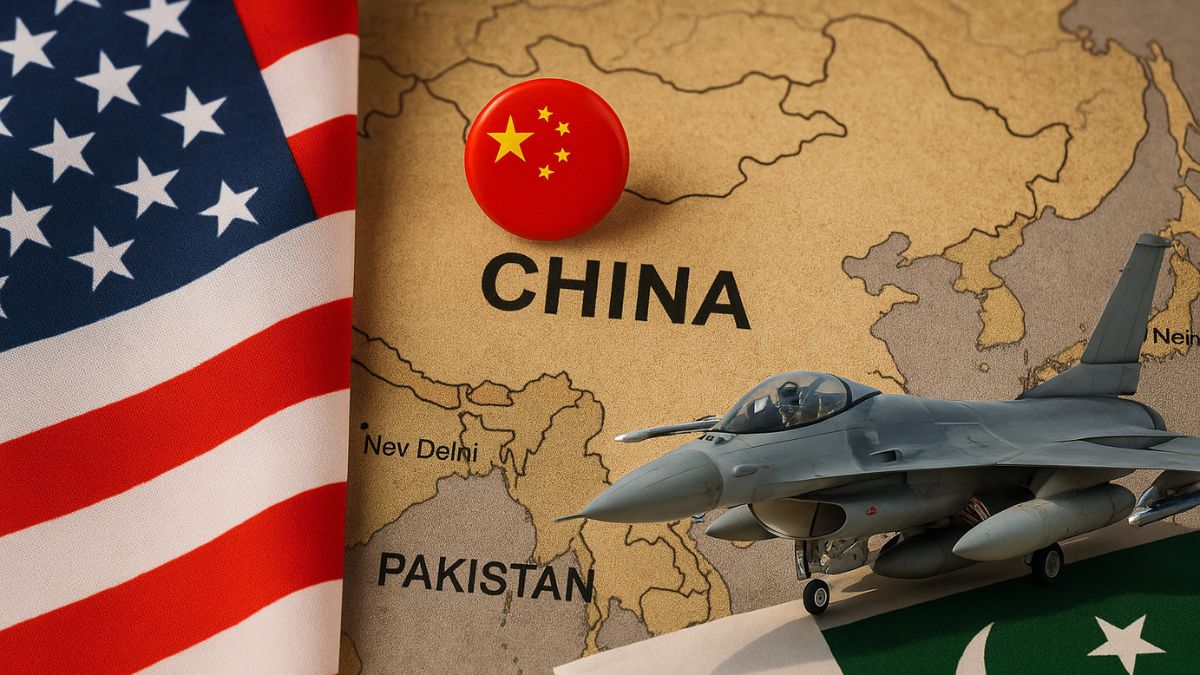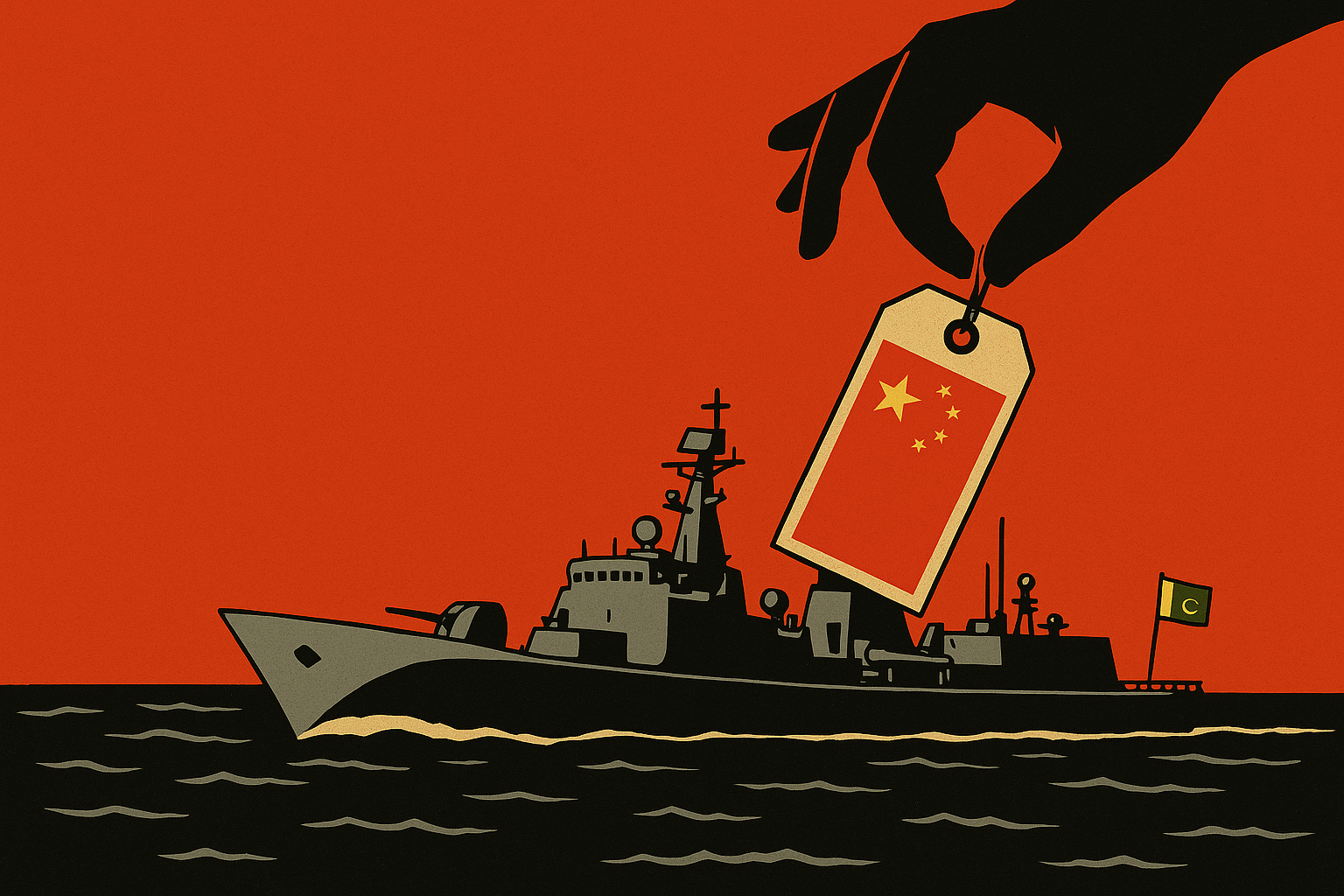The Dalai Lama’s Flight From Tibet And The Unforgettable Day A Nation Lost Its Freedom

The Dalai Lama, one of the most revered religious leaders globally, was forced to flee from China. Image courtesy: X.com/@DalaiLama
When Chinese troops marched into Tibet in 1950, it marked the beginning of an occupation that would alter the course of Himalayan history. Tibet, which had declared independence in 1913 after the fall of China’s Qing dynasty, had maintained its own army, currency and foreign relations, though it never gained international recognition. For the Communist Party of China, newly victorious in 1949, Tibet was to be folded into the People’s Republic. The arrival of the People’s Liberation Army (PLA) was framed as “liberation”; for Tibetans, it was conquest.
Beijing forced Tibetan officials to sign the Seventeen Point Agreement in 1951, promising autonomy and religious freedom under Chinese sovereignty. In practice, the agreement quickly unravelled. Chinese cadres tightened their grip on administration, dissolved local authority, and began remoulding Tibet’s centuries-old Buddhist institutions to fit party orthodoxy. Monasteries that had served as cultural and educational centres were placed under surveillance. For a 15-year-old boy newly recognised as the 14th Dalai Lama, it was an early confrontation with the limits of compromise.
Rising tensions and rebellion
By the late 1950s, resentment against Chinese rule had erupted into open resistance. The PLA’s heavy-handed land reforms and repression of monasteries in eastern Tibet triggered a guerrilla insurgency, which spread westward to Lhasa. The Dalai Lama, still attempting to negotiate with Chinese officials, found himself trapped between mounting local anger and Beijing’s suspicion that he was colluding with rebels.
In March 1959, rumours swept Lhasa that Chinese forces planned to abduct him. Tens of thousands of Tibetans surrounded his residence at Norbulingka Palace to prevent his capture. Within days, PLA artillery began shelling the area, striking the palace gardens. Facing imminent danger, the Dalai Lama disguised himself as a soldier and fled into the mountains under cover of darkness on 17 March, beginning a perilous two-week journey across the Himalayas.
Flight into exile and a government reborn
Guided by loyal monks and officials, the Dalai Lama’s entourage trekked through snow-bound passes, evading Chinese patrols and sleeping in caves. Villagers and monasteries along the route offered food and shelter at enormous risk. On 31 March 1959, the party crossed into India at Khenzimane Pass in present-day Arunachal Pradesh. At Tawang Monastery — the birthplace of the sixth Dalai Lama — the young leader prayed for those left behind before continuing to Bomdila, where Indian officials delivered Prime Minister Jawaharlal Nehru’s message of welcome.
From India, the Dalai Lama announced the rescinding of the Seventeen Point Agreement, declaring it signed under duress. On 29 April 1959, he re-established the Kashag, Tibet’s traditional cabinet, in exile — a government that would come to represent the Tibetan diaspora worldwide.
The legacy of exile
The exodus of the Dalai Lama marked a definitive end to Tibet’s autonomy. In Lhasa, Chinese forces crushed the uprising, killing thousands and demolishing monasteries. In India, the Tibetan leader rebuilt his administration from the hill town of Dharamshala, turning it into a global centre for advocacy and Buddhist learning.
Over time, the exiled government evolved into a democratic structure: Tibet became a founding member of the Unrepresented Nations and Peoples Organisation (UNPO) in 1991, and in 2011 the Dalai Lama formally renounced all political authority, transferring power to an elected leadership. Yet his journey out of Tibet remains one of the most symbolic acts of resistance in modern history — the night a young monk fled his homeland and the world first learned that an ancient nation had been silenced.







